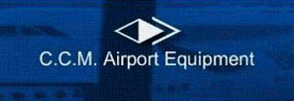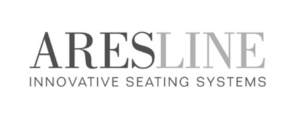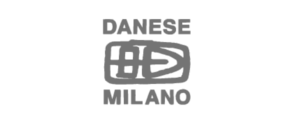LEED Certification & Green ProductsGreen Buildings
Everyone wants to live in a beautiful, functional, safe, spacious, comfortable home, or work in an office just as cute and comfortable. But what is the most important feature that a building should have? Today more and more are catching on with consumers and market the idea that a building should obviously be safe but also healthy, efficient and energy-saving, even before that beautiful and functional!
For this purpose, arrived in Italy the standard LEED for new construction, to ensure the quality of these buildings and a low impact on the environment and on the health of their inhabitants.
What is a LEED certified home?
LEED stands for Leadership in Energy and Environmental Design and is the new certification finally available in Italy and Italy promoted by the Green Building Council, which certifies the sustainability of a building. This certification concerns the entire life cycle of the building, from design to construction.
A LEED-certified building is unlike any other property for the spaces healthier place to live or work, to allow energy savings by optimizing the resources used and to ensure minimal environmental impact.In other words, a LEED building is a friend of human health and nature, and also allows significant cost savings.
From today, so anyone who is preparing to look for a building to buy, or anyone involved in construction activities, restructuring or sale and purchase of a building, you can figure out how to better target its efforts to obtain or purchase a building healthier and more environmentally friendly, LEED consulting experts.
The benefits of a LEED HOUSE: healthy environments and more!
There are many benefits for those who buy a house designed according to LEED standards, beginning with those relating to their own health.In fact, we are living in enclosed buildings, which are our homes, our offices or other workplaces, 90% of our time, and often we do not realize that these environments may be more polluted and harmful even external ones.
Fault of the materials with which they are constructed buildings and component products or furnish them, often made with harmful or toxic substances and designed without health care of the people who come into contact, many of these materials are in fact capable of emitting a large number of chemical substances, that we inhale constantly and without realizing it.
A LEED certified home however, has been designed as a top priority by putting its impact on the health of its inhabitants, which becomes the primary goal at every stage of its design.
In a LEED home so the quality of the air, of critical importance to human health, it is better than the other houses, and this aspect is particularly appreciated by all buyers sensitive to these issues, and especially by those who or suffer from respiratory diseases. All these precautions taken, also reduce the chance of mold and bacteria, additional agents hazardous to human health that can be hidden inside closed environments.
Confined spaces are healthier when protecting human health and contribute to improving their quality of life.In the workplace then, it has been found that even in healthy spaces pià there are increases in the productivity of its occupants, just because more healthy and active and driven by a greater well-being.
Other LEED BENEFITS: reducing environmental impact and consumption
Human health is therefore the main point on which focus all efforts and investments during the design and construction of a building LEED, but is not the only: to make higher the quality of a building LEED contribute also other elements such as reducing the consumption of resources used for its normal functioning, resulting in less waste of natural resources present in the ecosystem and even greater cost savings by the inhabitants of the house: therefore, the potential benefits of a LEED certified home are in favor of both environment, both the portfolio of its inhabitants.
In a LEED home, the materials used must be wholly or partially recycled, natural or regenerated, and the usual techniques for energy supply are replaced with more efficient ways to save energy and water, such as: collecting rainwater or the use of breakwater for the consumption of water and for the production of energy; optimization of the window surfaces, to increase in a natural way the light using the sources from outside; the use of insulating materials of construction, that reduce heat losses and therefore the need for heating or cooling of the internal temperature.
In the house LEED bills are lighter!
Just like that. All of the techniques and methodologies to improve the quality of life of the inhabitants of a home and reduce the waste of resources that can also lead to a further big benefit is much appreciated by any buyer costs lighter.
In a LEED home energy consumption for heating, cooling and lighting fall: a well-designed building can consume from 30% to 80% of the total energy in less than a traditional building!
In short, we realized that anyone looking to buy a new home would take many benefits and convenience in conducting his choice to a LEED-certified building, both for his health and well-being for its finances.
A LEED home should: only buyers or producers?
I would say YES! and of course, also the builder of houses, or the manager of the buying and selling of buildings, has convenience in achieving LEED certification! LEED certification of a building it means enjoying a privileged image to potential customers, showing them that the property built or renovated meets rigorous and verifiable environmental standards, certified by an independent third party and recognized.
A LEED certified building has an added value and therefore has greater commercial attractiveness, which you can justify a reasonable increase in economic value.
In addition, the LEED certification allows you to enjoy benefits and government incentives, and can convey spontaneously advertising on your project.



